American Car & Foundry Company WWI Memorial
Introduction
Text-to-speech Audio
Images
The momument with the names of those who served

The dead

This is the momunet and its surrounding area. The factory is long gone.
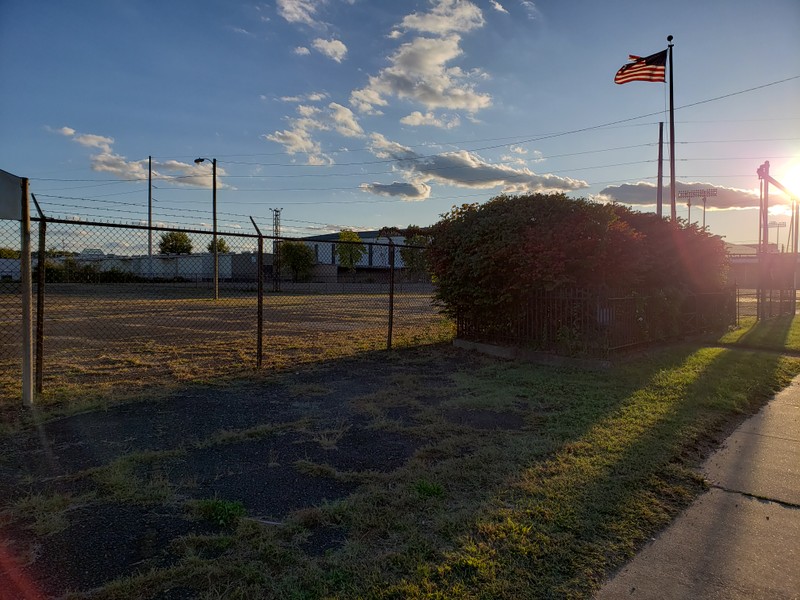
John L. Callicoat, who died in France in 1918
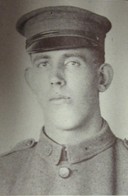
Ensign Manufacturing Company, 1889
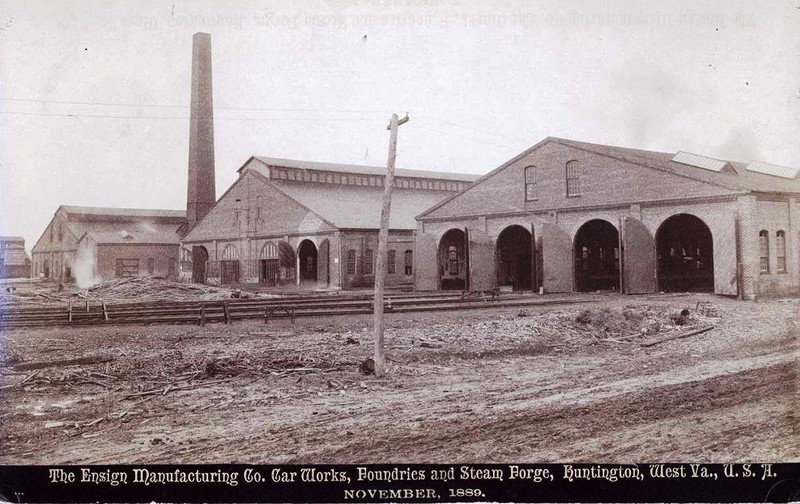
Postcard of the ACF plant
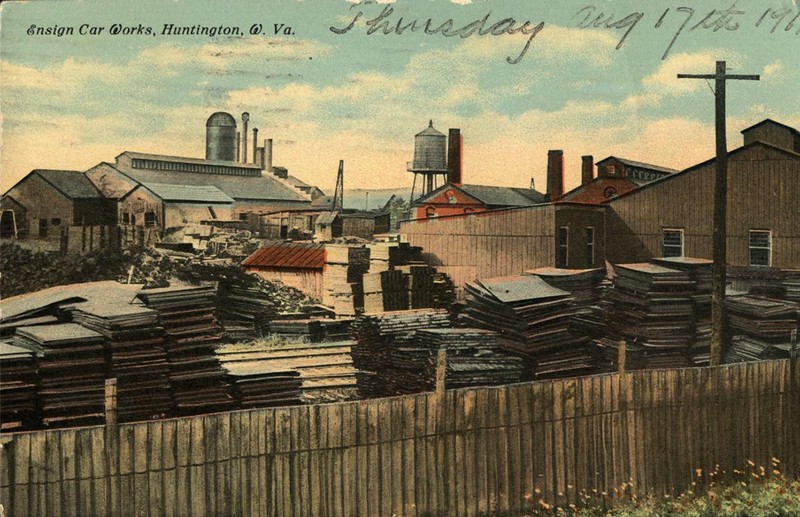
Aerial view of the ACF plant
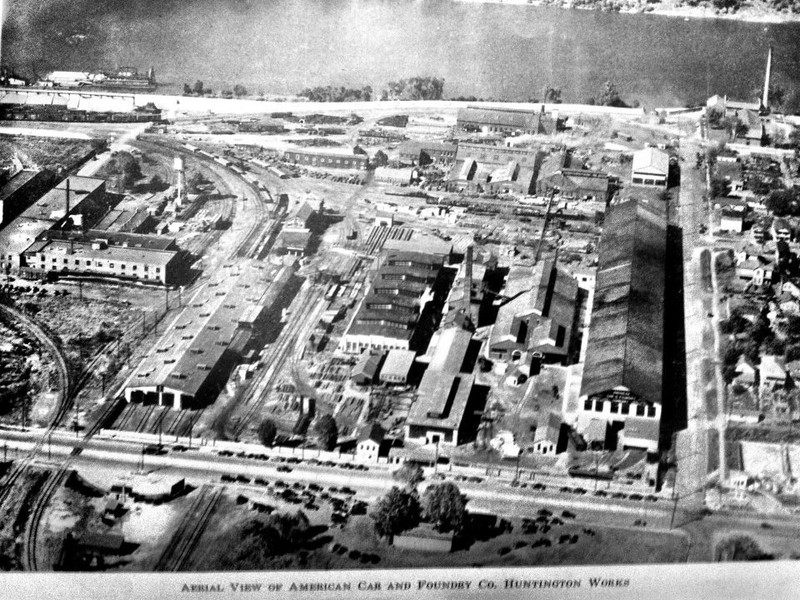
The ACF plant, pictured in 2015
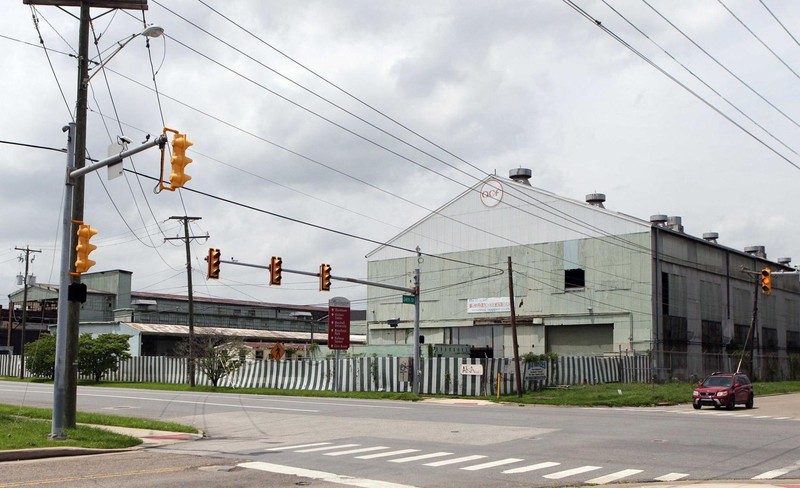
Backstory and Context
Text-to-speech Audio
The American Car and Foundry Company (ACF) was formed in 1899 from the merger of thirteen independent railcar companies, including the Huntington-based Ensign Manufacturing Company. Founded in 1871 and chartered in 1872, Ensign Manufacturing originally produced metal castings and wheels before manufacturing whole railcars during the 1890s. Three men were involved in the formation of the company: William Barnum, a successful Connecticut businessman; Ely Ensign, the financier and later treasurer; and Collis Potter Huntington himself, who helped finance the project. The company became a quick success, as Huntington was able to negotiate across the country to get companies like the Chesapeake & Ohio Rail Company and the Southern Pacific and Central Pacific Railroads to buy their products. Following the creation of ACF in 1899, the Huntington plant continued manufacturing railcars as usual, and produced its first all-steel cars in 1905.
By the outbreak of World War I, the factory was enjoying prosperity as one of Huntington’s largest employers. When the war began in 1914, the West Virginia plant, as well as the other twelve AC&F facilities across the country, mobilized to support the war effort. They began manufacturing artillery gun mounts and ammunition, submarine chasers and other boats, railway cars, and other equipment to assist the Allies. The factory initially supplied this equipment to the British, but production shifted to support the American military after the United States entered the war on April 6, 1917. At the same time, 106 of the factory’s employees were enlisted in the military or were drafted and sent off to fight in the war.
The majority of the ACF employees who were sent to Europe survived the conflict and returned home to the United States. Of the workers who served in the war, only two were reported to have died overseas: John L. Callicoat and Charles E. Dement. Callicoat was born on October 2, 1888 in Scott Town, Ohio. He served with Company K of the 336th Infantry Regiment, 168th Infantry Brigade, 84th Division, US Army. He died of pneumonia on October 4, 1918 in France, a little over a month before the war ended. Callicoat's widow received his body in 1920. Callicoat's name can also be found on the Veterans Boulevard Memorial in Huntington. Dement was born on November 17, 1892 in Proctorville, Ohio. He served with the 34th Company of the 9th Training Battalion, 158th Depot Brigade of the US Army. Like Callicoat, Dement died of pneumonia on October 4, 1918.
After the war, the American Car and Foundry Company erected a monument to honor the employees who had left their jobs to serve their country. The memorial, which stands about ten feet tall, was placed alongside the north side of Third Avenue, at the edge of the ACF property. The names of the 106 employees who went to war were inscribed on the monument, with a special mention of the two fallen soldiers. The stone below the plaque was inscribed with the message, “Erected by the Remembrance Club in grateful appreciation of the sacrifices made by their fellow workmen.” Around the same time, the city of Huntington memorialized the soldiers from Cabell County who died during World War I. Between 1920 and 1927, residents planted ninety-one trees, each one dedicated to a fallen soldier, along the north and south sides of Memorial Boulevard. A Memorial Arch was also built at the convergence of Memorial Boulevard and Eleventh Avenue to serve as the gateway to the trail.
After over a century in operation, Huntington’s ACF plant closed in 2010. The factory had sat mostly idle for a decade at that point, as the market for its railcars had essentially vanished by the turn of the twenty-first century. In 2017, a plan to redevelop the ACF plant and surrounding properties into the Huntington Brownfields Innovation Zone was announced, and the Huntington Municipal Development Authority purchased the 42-acre ACF property in June of 2019. It has not been made clear how or whether the ACF WWI Memorial will be affected by the redevelopment of the surrounding area. Currently, the monument itself is well maintained but relatively unnoticed, as there is nothing near it and little parking for several blocks.
Sources
“American Car and Foundry Company.” n.d. Classic Streamliners. Traincyclopedia. Accessed October 17, 2019. https://www.classicstreamliners.com/rc-acf.html.
“CALLICOAT, John L.” 2018. Cabell County World War I Memorial Boulevard. October 25, 2018. https://cabellwwi.wordpress.com/soldiers/dedication-list/callicoat-john-l/.
Casto, James E. Lost Huntington: Ensign Manufacturing, Huntington Herald-Dispatch. March 24th 2020. Accessed July 8th 2020. https://www.herald-dispatch.com/special/lost_huntington/lost-huntington-ensign-manufacturing/article_3305b1bf-1a97-5c93-81a7-d821c79c1697.html.
Crum, Travis. HMDA agrees to purchase ACF Industries property, Huntington Herald-Dispatch. June 10th 2019. Accessed July 8th 2020. https://www.herald-dispatch.com/_recent_news/hmda-agrees-to-purchase-acf-industries-property/article_a68e0056-8bd0-11e9-84c3-0b6ef9862a53.html.
“Ensign Manufacturing Company.” 2006. Ensign Manufacturing Company. April 9, 2006. https://www.midcontinent.org/rollingstock/builders/ensign.htm.
Hennen, John C. The Americanization of West Virginia: Creating a Modern Industrial State, 1916-1925. University Press of Kentucky, 1996.
I took these photos, its about a 10 minute walk from my home
https://cabellwwi.wordpress.com/soldiers/dedication-list/callicoat-john-l/
https://www.herald-dispatch.com/special/lost_huntington/lost-huntington-ensign-manufacturing/article_3305b1bf-1a97-5c93-81a7-d821c79c1697.html
https://www.herald-dispatch.com/business/acf-plant-dates-to-city-s-earliest-years/article_78400a5e-9209-53fa-81ee-d1a9bebac6c7.html
https://abandonedonline.net/american-car-and-foundry-company/
https://www.herald-dispatch.com/_recent_news/hmda-agrees-to-purchase-acf-industries-property/article_a68e0056-8bd0-11e9-84c3-0b6ef9862a53.html
